Australia is one of the sunniest countries on Earth thanks to its southern hemisphere position, where summers differ from those elsewhere. It is crucial to thoroughly examine the ideal place and time to visit if you are organising a vacation to this lovely nation.
Knowing when months in Australia are summer is crucial if you want to make the most of your vacation and see some of the country’s most breathtaking sights. This lets you organise your itinerary appropriately and maximise your stay in this gorgeous location.
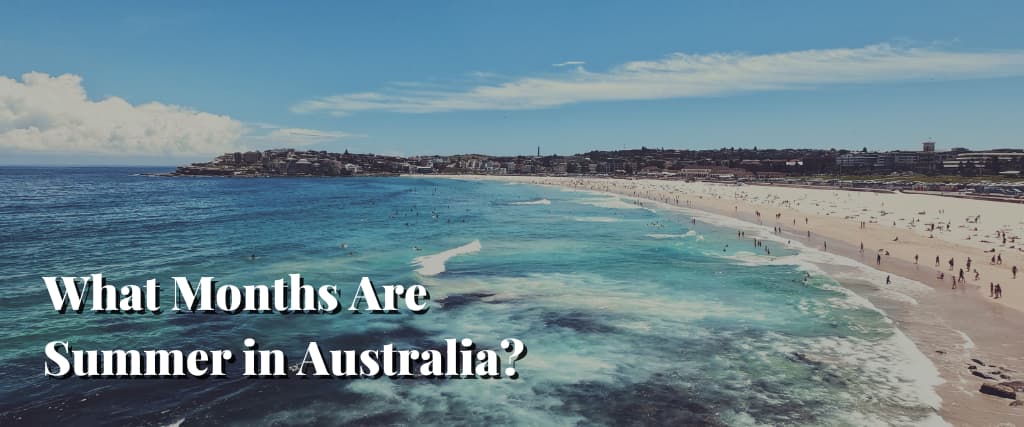
What Months Are Summer in Australia?
Thanks to its size, Australia is a country in the Southern Hemisphere with a wide range of climates. Deserts comprise around 18% of Australia’s geography, and the weather there is semi-arid. While Australia’s northern regions, which include grassland and desert areas, usually have tropical temperatures, the southeast and southwest generally have temperate climates.
Northern Australia has dry and wet seasons, including Darwin, Broome, Katherine, Arnhem Land, Kakadu, the Kimberley, Cairns, the Whitsundays, and the Daintree Rainforest. Australia’s subtropical, equatorial, and tropical areas all have two different seasons at their northernmost points. The rainy season starts in November and lasts until April, whereas the dry season starts in May and lasts until October.
The dry and wet seasons of northern Australia are distinguished and unique traits. Lower temperatures and little rainfall mark the dry season. The wet season is characterised by hot, muggy weather, copious rain, and tropical storms. Northern Australia’s rainforests, rivers, and waterfalls are breathtaking during the rainy season, while the dry season is perfect for outdoor pursuits.
On the other hand, there are four seasons in Queensland, New South Wales, Victoria, Western Australia, and Southern Australia. This is a quick look at Australia’s seasons throughout the year:
- Spring – Spring in Australia takes place from September to November; during this time, average temperatures range from 17°C to 35°C. The weather is usually warm and pleasant, and it’s a popular time for outdoor activities like hiking and camping.

- Summer – Summer in Australia occurs from December to February, with temperatures between 20°C and 37°C. The weather is hot and humid, a popular time for beach activities and water sports.
- Autumn – Autumn in Australia spans from March to May, with temperatures ranging from 17°C to 35°C. The weather during this time is mild and comfortable, making it an excellent time for outdoor activities like hiking and sightseeing.
- Winter – Winter in Australia takes place from June to August, with average temperatures of 11°C in the south and 30°C in the north. The weather is generally more relaxed during this season, making it an excellent time for activities like skiing and snowboarding in the southern regions. In contrast, the north experiences milder weather, making it an ideal time to visit the tropics.
In Australia, when does summer officially begin? In Australia, each season starts on the first day of its corresponding month and finishes on the last day.
For instance, the following are the Australian season dates for 2022:
- Autumn will be from 1 March 2022 to 31 May 2022.
- Winter will last from June 1 to August 31, 2022.
- From 1 September 2022 to 30 November 2022, it will be spring.
- Summer will be from December 1, 2022, through February 28, 2023
Depending on where you are in Australia and the time of year, you may expect to see a broad range of temperatures. So what are some of Australia’s largest cities’ average monthly temperatures?
Australia’s exciting weather facts:
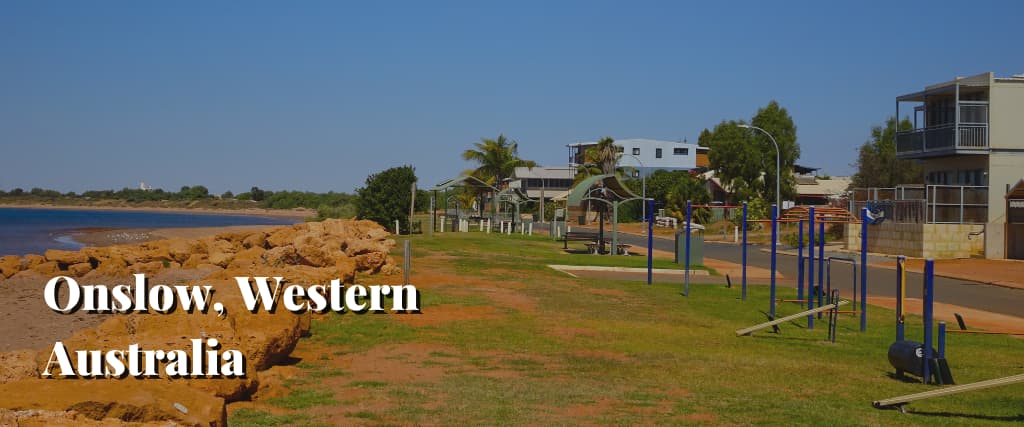
Australia’s highest recorded temperature was 50.7°C, which occurred at Onslow, Western Australia, on January 13, 2022. On the other side, Charlotte Pass in New South Wales on June 29, 1994, saw the lowest temperature ever measured in Australia, which was 23.0 °C.
Tennant Creek in the Northern Territory ranks among the ten sunniest places on earth, with 9.8 hours of sunshine daily.
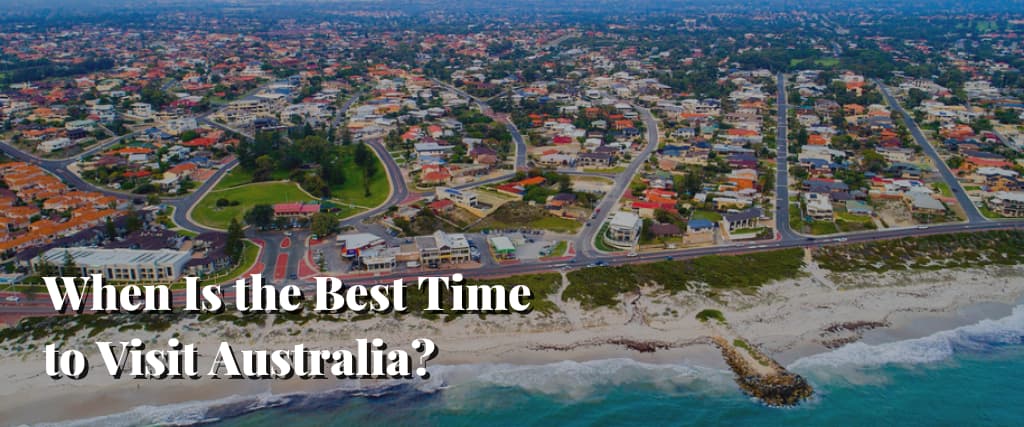
When Is the Best Time to Visit Australia?
Spring and fall are the ideal seasons to visit Australia. September through November and March through May are regarded as having perfect travel conditions, with more reasonably priced lodging and transportation options, great weather, and fewer people than the summer, the busiest and most popular season to visit Australia.
The ideal time to visit Australia is shown below if you have a particular location in mind.
Best Time to Visit Western Australia
The southwest section of Western Australia sees all four seasons, the north region has dry and wet seasons, and the rest parts have a semi-arid climate.
The location you explore will determine the ideal time of year to visit Western Australia. The southern regions are best viewed between November and March, whereas May through October is the most excellent time to travel to the areas above the Southern Tropic.
There are many exciting activities and attractions to explore in Western Australia, including:
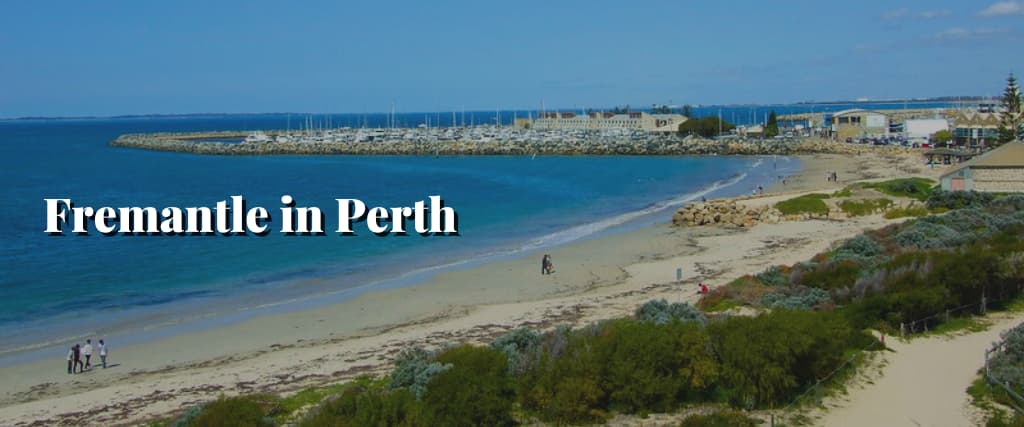
- Fremantle in Perth: This vibrant port city is renowned for its historical architecture, lively markets, and excellent seafood. Visitors can explore the Fremantle Prison, the Roundhouse, and the Maritime Museum or simply soak up the atmosphere at one of the many bars and restaurants.
- The Quokkas at Rottnest Island: Rottnest Island is home to the adorable and friendly quokkas, a marsupial species found only in Western Australia. Visitors can take a ferry to the island and spend the day cycling, snorkelling, or exploring the many beaches and coves.
- The Pinnacles Desert: This unique natural wonder features thousands of limestone formations rising from the desert sands. Visitors can explore the area by car, bike, or foot or take a guided tour to learn more about the geology and history of the region.
- Stromatolites and Shell Beach: These unique geological formations in Shark Bay are some of the oldest living organisms on earth, dating back billions of years. Visitors can explore the stromatolites and the nearby Shell Beach, a stunning beach made entirely of tiny white shells.
- Jet Boat Tours to the Horizontal Falls: Visitors can take a thrilling jet boat ride through the remote Kimberley region to the Horizontal Falls. The tides create a rushing waterfall through a narrow gorge in this natural phenomenon.
- Swan River Cruises in Perth: A river cruise along the picturesque Swan River in Perth is a perfect way to enjoy the beautiful scenery and landmarks such as the Swan Valley wineries, the Perth skyline, and Kings Park.
Best Time to Visit Queensland
Queensland is a state in Australia with four distinct climate zones, including tropical, sub-tropical, hot-arid, and warm temperate zones. The best time to visit Queensland is from March to May or September when the weather is mild and comfortable.
There are many exciting activities and attractions to explore in Queensland, including:
- Lone Pine Koala Sanctuary: This sanctuary, located in Brisbane, is home to over 130 koalas and other Australian wildlife, such as kangaroos, wallabies, and wombats. Visitors can get up close with the animals and even cuddle a koala.
- Cairns Esplanade Lagoon: This artificial lagoon in Cairns is a popular spot for swimming, sunbathing, and enjoying the beautiful views of the Coral Sea. The lagoon also features BBQ facilities, picnic tables, and a playground.
- Tamborine Mountain: This scenic mountain is located in the Gold Coast hinterland and is a popular spot for hiking, wine tasting, and enjoying the beautiful views of the rainforest and the city skyline.
- Cairns Aquarium: This state-of-the-art aquarium in Cairns showcases the unique and diverse marine life of the Great Barrier Reef and tropical North Queensland. Visitors can explore the exhibits and interactive displays, including a 10m underwater tunnel.
- South Bank Parklands: In Brisbane, South Bank Parklands is a vibrant waterfront destination featuring an artificial beach, swimming pools, playgrounds, BBQ areas, and many restaurants and cafes.
Best Time to Visit Tasmania
Tasmania is a destination with a cool temperate climate and four distinct seasons. The best time to visit is from December to February when the weather is warm and perfect for outdoor activities. Here are some of the top attractions and activities to experience in Tasmania:
- The Taste of Tasmania Festival is a famous festival held annually in Hobart during the last week of December. It features food and drinks from local and international vendors, live entertainment, carnival rides, and games.
- The Sydney to Hobart Yacht Race: This annual yacht race starts in Sydney and finishes in Hobart around late December. It is one of the world’s most challenging and prestigious yacht races, attracting sailors and sailing enthusiasts from around the globe.
- Tessellated Pavement: This natural rock formation is located on the Tasman Peninsula and features a unique pattern of rectangular tiles. It is a popular spot for photography and exploring the coastal area.
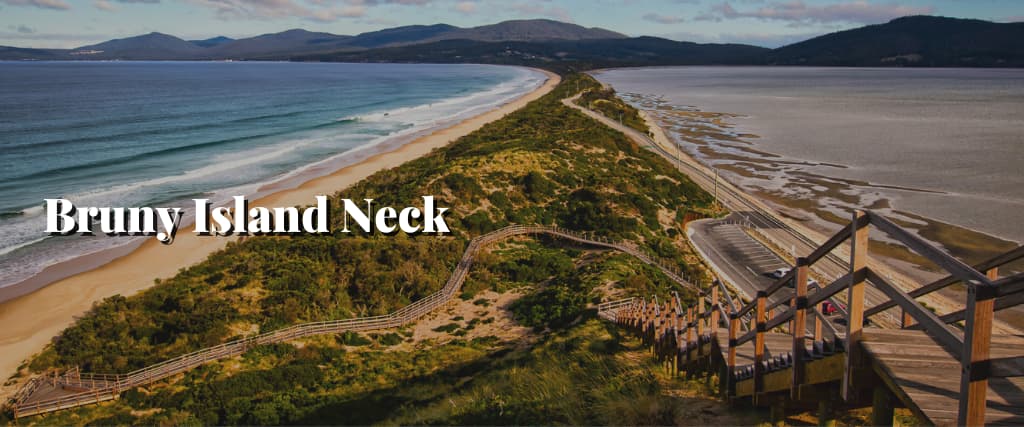
- Bruny Island Neck: This narrow strip of land connects North Bruny Island and South Bruny Island and features stunning views of the surrounding ocean and wildlife. It is an excellent spot for hiking and birdwatching.
- Remarkable Cave: This sea cave on the Tasman Peninsula has a unique rock formation that creates a natural window looking out to sea. It is a popular spot for exploring and taking photos.
- Southern Lights: Also known as the Aurora Australis, the Southern Lights are a natural phenomenon that occurs in the night sky over Tasmania. They can be seen in various locations around the island, especially during winter.
Best Time to Visit New South Wales
New South Wales has a varied climate that depends on the region. While the inland areas have an arid and semi-arid environment, Sydney and the Central Coast have a temperate climate. The higher parts of the Great Dividing Range are alpine zones, and there is a humid subtropical climate in the Northeast of NSW.
Here are some of the top attractions and activities to experience in New South Wales:
- Scenic World Blue Mountains: Located in Katoomba, the Scenic World is a popular tourist attraction with stunning views of the Blue Mountains. Visitors can ride the Scenic Railway, Cableway, and Skyway to see the breathtaking views of the mountains, valleys, and waterfalls.
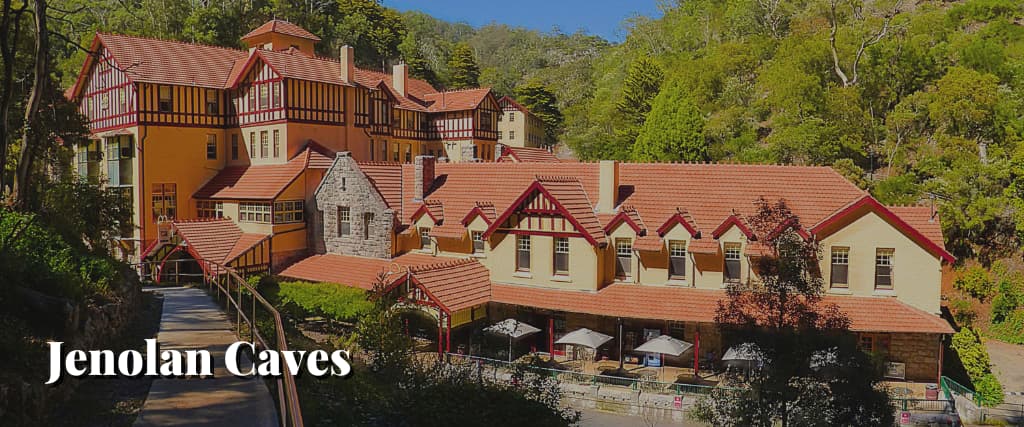
- Jenolan Caves: These limestone caves are one of the most extensive cave systems in the world and are located in the Blue Mountains. Visitors can take guided tours to explore the different chambers and admire the unique rock formations and underground rivers.
- Mayfield Garden: Located in Oberon, Mayfield Garden is a large, privately owned garden with over 160 acres of beautifully landscaped gardens, lakes, and waterfalls. Visitors can explore the park on foot or take a guided tour.
- Wollomombi Falls: These twin waterfalls are located in the Oxley Wild Rivers National Park and are one of the highest waterfalls in Australia. Visitors can take a scenic hike to see the falls and the surrounding wilderness.
Sydney, the capital of New South Wales, is considered one of the best urban cities and a great place to live in Australia. Here are some of the top attractions and activities to experience in Sydney, along with the best time to visit:
Best time to visit Sydney: The best time to visit Sydney is from October to November and at the end of February and March. During these months, the weather is pleasant, and the crowds are not overwhelming.
Activities and attractions in Sydney:
- Sydney Opera House: This iconic landmark is in Circular Quay, a world-renowned performing arts centre. Visitors can tour the building and attend various events, including operas, ballets, and concerts.
- Bondi Beach: This famous beach is located in the Eastern Suburbs of Sydney and is known for its stunning views, soft sand, and great waves. Visitors can enjoy various water activities, relax on the beach, and soak up the sun.
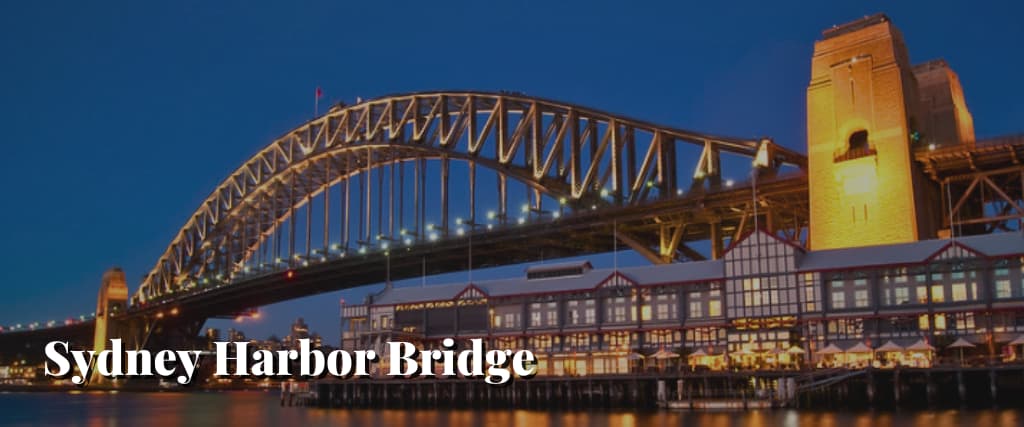
- Sydney Harbor Bridge: This bridge is one of the most recognisable landmarks in Sydney and offers breathtaking views of the city and harbour. Visitors can climb the bridge or take a scenic walk across it.
- Royal Botanic Garden: This beautifully landscaped garden is located in the heart of Sydney and features various plants, flowers, and trees. Visitors can take a guided tour or explore the park on their own.
The Best Time to Visit Victoria
Victoria, located in the southern region of Australia, has a varied climate with hot, dry summers and cool winters. Some areas have a mild temperate climate, while others have an excellent or alpine environment. Here are some of the top activities and attractions to experience in Victoria, along with the best time to visit:
Best time to visit: March and April. During these months, the weather is mild and comfortable for outdoor activities.
Activities and attractions:
- Whale watching: Victoria is known for its diverse marine life, and whale watching is a popular. Visitors can take a guided tour to see humpback, orca, and grey whales in their natural habitat.
- Victoria Bug Zoo: This unique attraction is an excellent place for families to visit and learn about different bugs and insects. Visitors can see live exhibits and get up close and personal with various creepy crawlies.
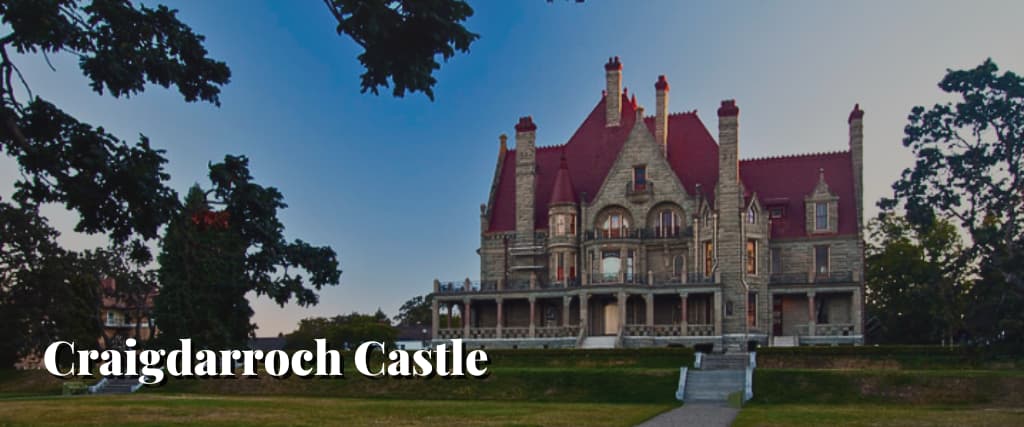
- Craigdarroch Castle: This historic castle was built in the late 1800s and featured beautiful architecture and stunning gardens. Visitors can take a guided court tour and learn about its rich history.
- Legislative Assembly of British Columbia: This government building is located in Victoria’s historic district and offers visitors a chance to learn about the province’s political history. Visitors can take a guided tour of the building and see the beautiful architecture.
- Miniature World: This unique attraction features miniature exhibits of different eras and themes, including a Victorian-era city and a medieval castle. Visitors can explore the exhibits and see intricate details up close.
Melbourne is the hearth of cultural heritage that shaped the lands of Victoria, so let’s cover some places you shouldn’t miss.
To experience the best of Melbourne, plan your visit between March to May or September to November, and make sure to include these top attractions in your itinerary:
Melbourne is a city with a rich cultural heritage that has helped shape the lands of Victoria, and there are several must-see attractions for visitors to explore.
- Royal Botanic Garden: The Royal Botanic Garden is a stunning and expansive parkland that covers over 38 hectares. It features a diverse range of plants and landscapes worldwide, making it a must-visit attraction for nature lovers. The garden is home to over 8,500 species of plants, including rare and endangered species.
- National Gallery Victoria: The National Gallery Victoria is Australia’s oldest and largest public art museum. It features an extensive collection of over 70,000 works of art, including Australian and international art, fashion, photography, and decorative arts.
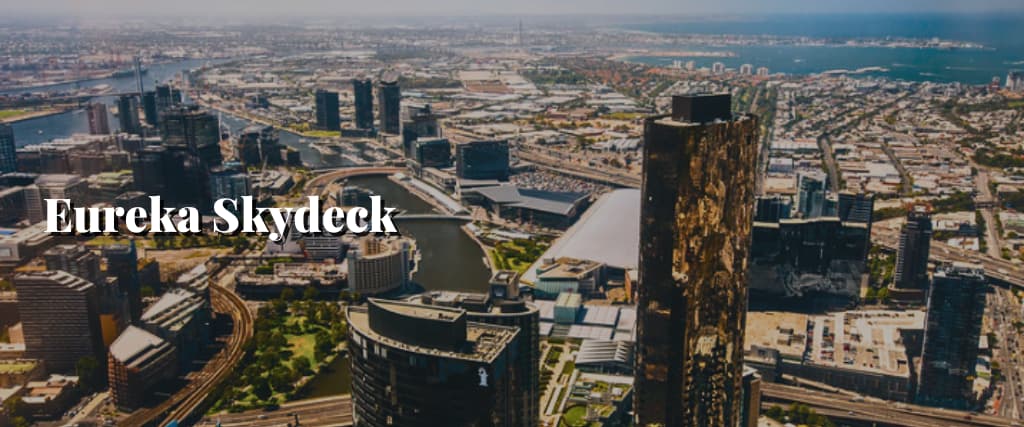
- Eureka Skydeck: The Eureka Skydeck is a must-visit attraction for those who love panoramic views of the city. Located on the 88th floor of the Eureka Tower, it is the highest public viewing platform in the Southern Hemisphere, offering breathtaking views of Melbourne and its surroundings.
- Dandenong Ranges National Park: The Dandenong Ranges National Park is just an hour’s drive from Melbourne and is a beautiful destination for nature lovers. The park is home to diverse wildlife and offers various hiking trails through lush forests, past waterfalls, and scenic lookout points.
The Best Time to Visit South Australia
South Australia predominantly experiences hot, arid summers and cool winters, with the remaining areas lying within mild temperate and warm temperate climate zones. The best times to visit are March to May and September to November.
There are several exciting activities and attractions in South Australia, including:
- Kangaroo Island: This natural wonderland offers visitors the chance to explore a diverse range of wildlife and landscapes, including pristine beaches, dense forests, and towering cliffs.
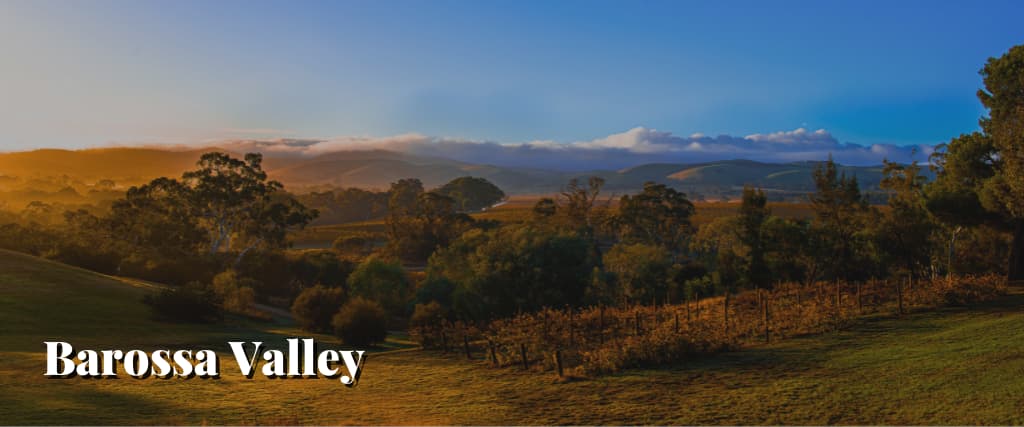
- Barossa Valley: Known as one of the world’s great wine regions, the Barossa Valley offers a variety of vineyards and wineries to explore, as well as gourmet food and cultural experiences.
- Flinders Ranges: This ancient mountain range offers a unique and breathtaking landscape of rugged peaks, dramatic gorges, and rich red earth. Visitors can explore the area by hiking, cycling, or 4WD tours.
- The Fleurieu Peninsula: This stunning coastal region offers visitors a range of activities, including surfing, swimming, fishing, and exploring the local wineries and restaurants. The area also features unique wildlife and stunning landscapes, such as the towering cliffs of the Great Australian Bight.
Adelaide, the capital city of South Australia, is home to various cultural and arts institutions, making it a must-visit destination.
The best time to visit Adelaide is between February and March, when the weather is pleasant, and various festivals and events occur.
There are many exciting activities and attractions to explore in Adelaide, including:
- Central Market: This bustling market offers a diverse range of fresh produce, gourmet food, and artisanal goods, making it a foodie’s paradise.
- Adelaide Zoo: This award-winning zoo features over 2,500 animals worldwide, including rare and endangered species such as giant pandas, Sumatran tigers, and Australian sea lions.
- The Adelaide Botanic Gardens: This 125-acre garden offers a range of stunning flora and fauna, including an impressive collection of exotic plants, conservatories, and themed gardens.
- The South Australian Museum: This museum is home to a vast collection of cultural and natural history exhibits, including Aboriginal artifacts, fossils, and specimens of extinct animals.
Overall, Adelaide is a vibrant and culturally rich city that offers visitors a range of exciting activities and attractions to explore.
Climate Variations in Australia
Australia is widely recognised as the driest continent on the planet, despite having a diverse range of temperate zones. Across over 80% of the country’s surface area, less than 600mm of rainfall occurs annually. Additionally, Australia is known to experience extreme and challenging weather conditions frequently.
- The most significant rainfall in Australia occurs in the extreme northern regions of Queensland and the area surrounding Strahan on Tasmania’s west coast.
- Areas of Queensland and New South Wales frequently experience severe flooding.
- Australia’s sunniest locations are Port Hedland, Broome, Alice Springs, Coober Pedy, and Geraldton.
- The places with the highest humidity levels in Australia include Albury, Ballarat, Geelong, Gosford, and Cairns.
- Eastern Australia is most frequently affected by wildfires.
- Australia’s windiest locations are Port Welshpool, Sandy Point, Minmi, Newcastle, and Awaba.
- The northwest coastline between Broome and Exmouth experiences the highest occurrence of cyclones in Australia.
Extra tip: Port Macquarie, situated in New South Wales, boasts the most pleasant climate in Australia and avoids the extremes. The local beaches offer warm waters suitable for swimming, while the summers and winters remain mild.
Bottom Line
Australia boasts diverse climates owing to its vast expanse, but the predominant weather across the country is moderate and sunny. This guidebook showcases the top tourist destinations and some of the most splendid locations in Australia that hold historical, cultural, and artistic significance.
